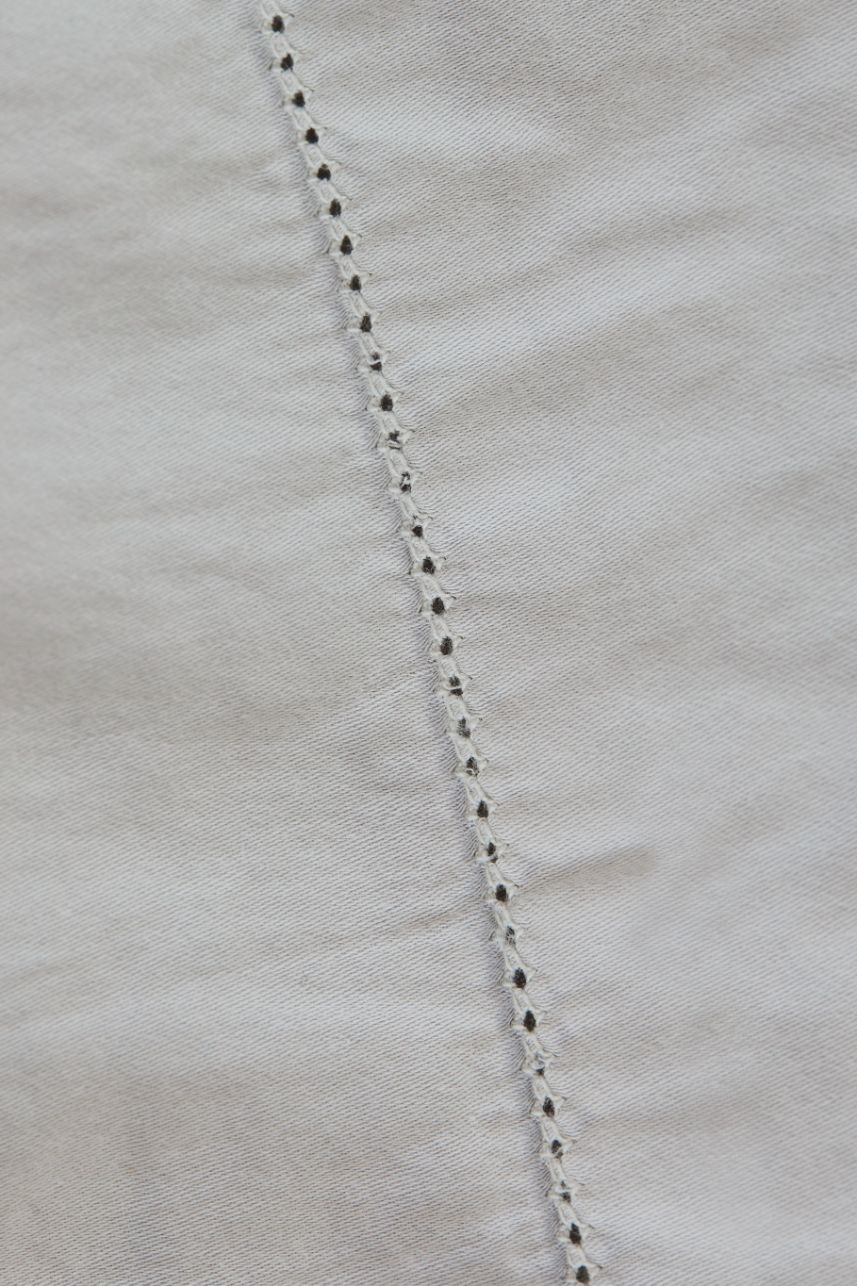365-DAY GUARANTEE | FREE SHIPPING | FREE RETURNS
365-DAY GUARANTEE | FREE SHIPPING | FREE RETURNS
365-DAY GUARANTEE | FREE SHIPPING | FREE RETURNS
What’s the best thread count for bedding, and why does thread count matter in the first place? What even is it? If you don’t know the answers to these questions, shopping for sheets can be confusing, frustrating, and disappointing. Instead, maximize your comfort by learning all about the best thread count for your bedding.
Before we can talk about the best thread count for bedding, we need to address what thread count means in the first place.


Thread count refers to the number of threads woven per square inch of fabric. This number includes accounts for both warp threads (vertical threads) and weft threads (horizontal threads). But if your textile is multi-ply, things get a bit tricky. See, the thread tally accounts for all the layers of fabric within that square inch. So that means you can sew together two pieces of 200 thread count fabric, and it’d qualify as a 400 count sheet. However, since the count is split across two layers, it’d feel quite different than a single-ply fabric that actually has 400 threads per square inch.
Most people believe that higher thread counts are always softer and more luxurious. That’s only partially true. The reason high thread counts get all the hype is that thinner strands of yarn lead to a softer fabric. And the thinner the thread, the more strands that can fit in a single square inch of material. So, in general, the best thread count is a higher one. But really high counts are just as suspicious as those that are really low. Any sheets beyond 800 strands per inch are often of poorer quality and durability than their mid-range counterparts or are just marketing ploys (like using multi-ply fabrics). So, high thread counts may not be the most critical concern, but how bad is a low thread count? Cotton sheets with thread counts under 180 often have a rough texture as the weave is relatively loose. Opt for a happy medium instead!


We know that not all bedding material options are created equally, but did you know that there also isn’t a one-size-fits-all approach to thread count? Instead, different materials and weaves have unique ranges for their ideal thread counts. Of course, anything under the minimum recommended thread count creates a looser, rougher material, but what about counts higher than the suggested range? Typically, purchasing sheets with extremely high thread counts are either indistinguishable in texture compared to ones within the recommended range, or they’re made of multi-ply material. In the latter’s case, you may be getting a poorer quality sheet, despite a higher thread count. And keep in mind that the concept of thread count was designed specifically for cotton. Most non-cotton fabrics aren’t commonly measured in thread count at all! So buyer beware if you spot this — it might be too good to be true.

So, why does thread count matter if it’s not the most reliable measurement of quality? Suspiciously high numbers, or counts on non-cotton materials can be red flags. Understanding realistic thread counts can prevent you from buying a mediocre product. But what other factors indicate a great piece of bedding? Be sure to check out these other factors before purchasing new sheets.
A fabric’s weave pattern plays a significant role in the texture and quality of the sheet. Sateen and percale are the two most common weave types available for bedding, and the differences primarily come down to personal preference. Sateen is a silky, buttery-soft material that’s perfect for a bit of added luxury. This textile is naturally wrinkle-resistant, sheeny, and warm yet breathable. On the other hand, percale is not quite as soft but is much more lightweight and airy.
Choosing the best material for your sheets is a highly personal decision. Cotton is one of the most common and generally affordable textiles available. Plus, you can find it in a variety of grades. Thanks to its breathability, linen is also a widely loved bed sheet material, while silk is renowned for its smooth, gentle-on-skin qualities. Of course, polyester is your friend if you’re looking for longevity, but natural textiles like bamboo are much more environmentally friendly.
There’s more to buying cotton sheets than searching for “100% cotton.” Different types of cotton have different textures to them — even when woven the same way. So always look for long-staple cotton-like Pima, Supima, and Egyptian cotton: these textiles will be the softest, most durable cotton options available.
Why does thread count matter? Well, it’s often less significant than you may have thought. It’s only applicable for cotton fabrics, and really high counts are a red flag. Rather, pay attention to other factors, including material, thread lengths, and weave patterns. But what’s the best thread count for bedding made from cotton? Aim between 200-300 for percale weave or 300-600 for sateen.
